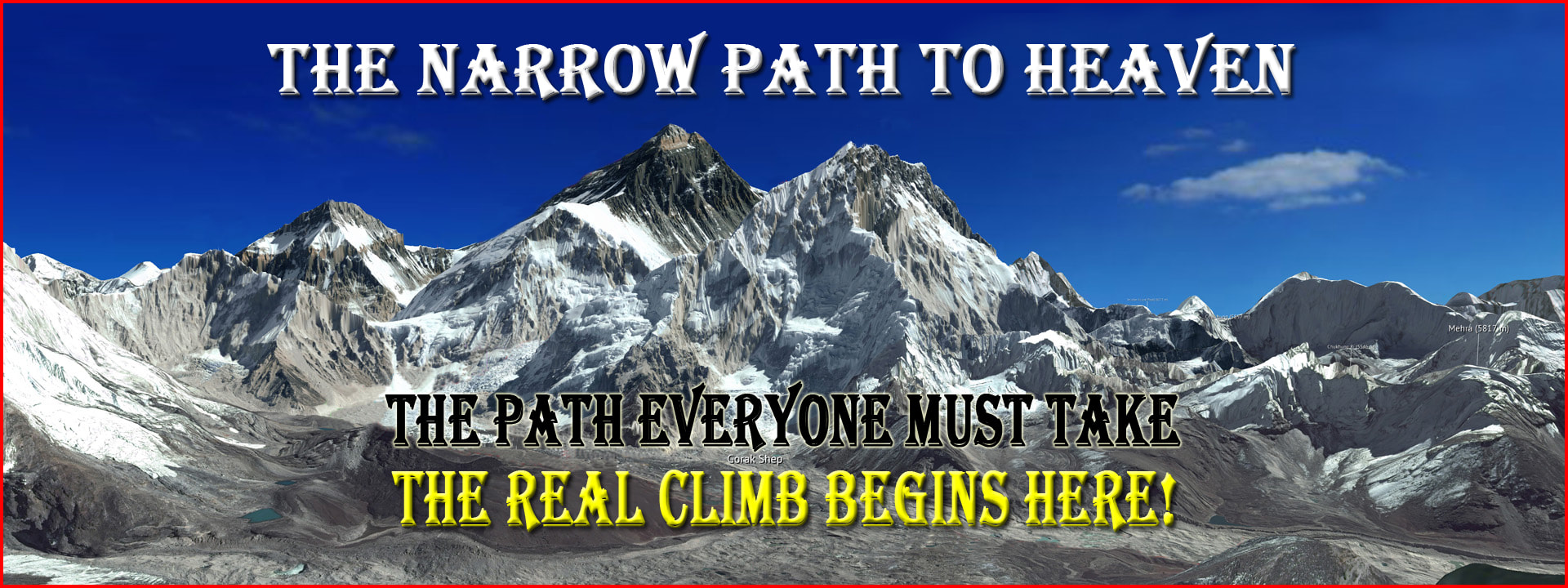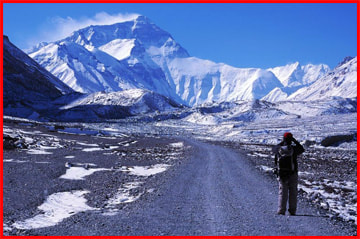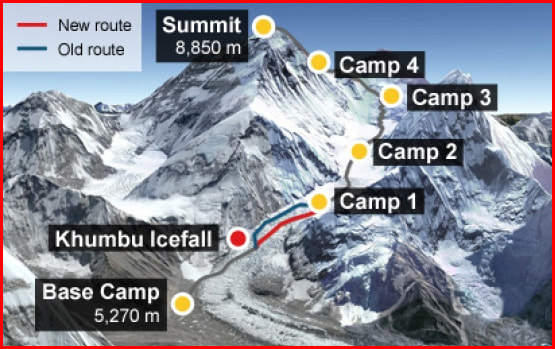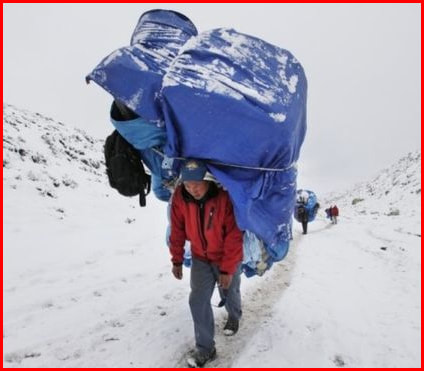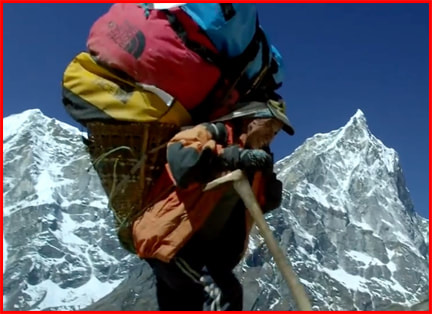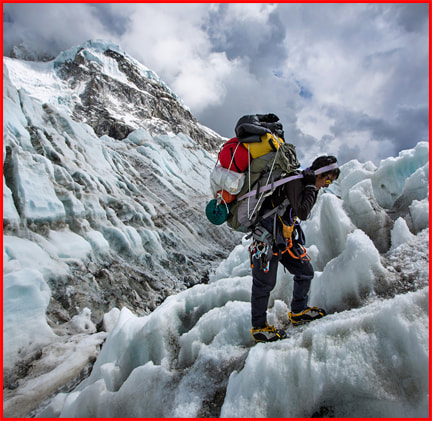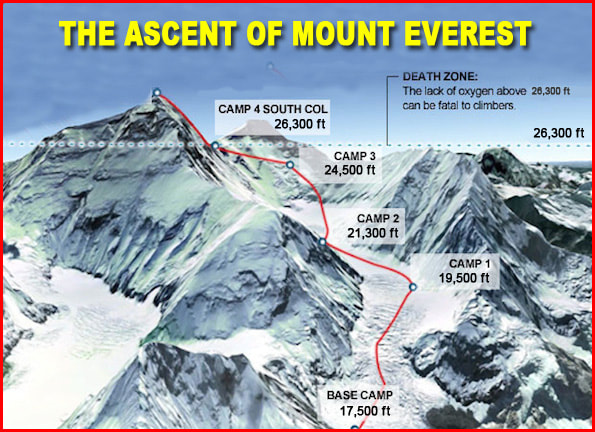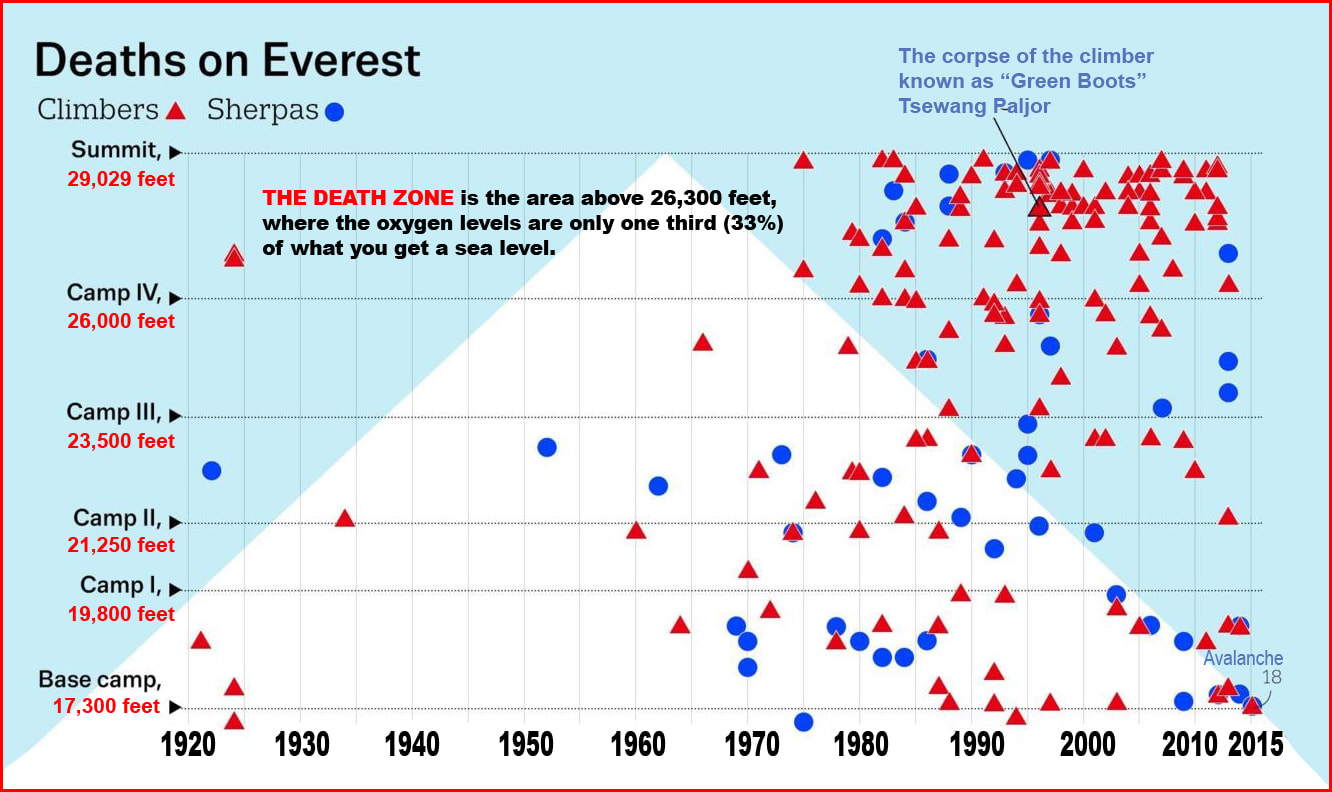| Devotion to Our Lady |
|
- Homepage
-
Daily Thoughts
- 2023 October Daily Thoughts
- Daily Thoughts Lent 2020
- Daily Thoughts for Advent 2019
- Daily Thoughts for October 2019
- Daily Thoughts for September 2019
- Daily Thoughts for August 2019
- Daily Thoughts for July
- Daily Thoughts for June
- Daily Thoughts for Easter 2019
- Daily Thoughts for Lent 2019
- Daily Thoughts for Christmas
- Daily Thoughts Easter 2022
- Sacred Heart
- Holy Ghost
-
Spiritual Life
- Holy Mass Explained
- First Friday Devotions
- First Saturday Devotions
- The Mercy of God
- Vocations
- The Path Everyone Must Walk >
- Gift of Failure
- Halloween or Hell-O-Ween?
- Ignatian Spiritual Exercises >
- Meditation is Soul-Saving
- Spiritual Communion
- Miraculous Medal
- Enrollment in Miraculous Medal
- St. Benedict Medal
- Holy Water
- Advice on Prayer
- Your Daily Mary
-
Prayers
- September Devotions
- Seven Sorrows of Our Lady
-
Novenas
>
- NV-Help of Christians
- NV-Nativity of Our Lady
- NV-Seven Sorrows
- NV- Sorrowful Heart
- NV-Pope St Pius X
- NV-La Salette
- NV-St Michael Archangel
- NV-Immaculate Heart
- NV-Assumption
- NV-Novena for Fathers
- NV-Novena for Your Mother
- NV-St Raphael Archangel
- NV-Souls in Purgatory
- NV-All Saints Day
- NV-Christ the King
- NV-Divine Motherhood
- NV-Guardian Angels
- NV-Rosary
- NV-Mirac Med
- NV- Imm Conc
- NV - Guadalupe
- NV - Nativity of Jesus
- NV-Epiphany
- NV-OL Good Success
- NV-Lourdes
- NV-St Patrick
- NV-St Joseph
- NV-Annunciation
- NV-St Louis de Montfort
- NV-OL Good Counsel
- NV-Last Supper
- NV-Passion
- NV-Pentecost
- NV-Ascension
- NV-Sacred Heart
- NV-Sacred Heart & Perpetual Help
- NV-Corpus Christi
- NV-OL of Perpetual Help
- NV-Queenship BVM
- NV-OL of Mount Carmel
- NV-St Mary Magdalen
- NV- Im Hrt
- August Devotions to IHM
- Immaculate Heart of Mary
- Litany of Dependence
- Prayers to St Mary Magdalen
- Prayers in Times of Sickness Disease & Danger
- Holy Souls in Purgatory
- Meditations on the Litany of Our Lady
- Special Feast Days
- Prayers to Mary (Mon-Sun)
- Litanies to Our Lady >
- Various & Special Needs
- Our Lady of the Rosary
- Our Lady of Mt. Carmel
- Our Lady of Perpetual Help
- Our Lady of Guadalupe
- Other titles of Our Lady
-
Rosary
- Downloads
- Consecration
- Easter Season
-
Holy Week
- Last Seven Words of Jesus >
- Characters of Passion >
- The Last Days of Christ
- Before Palm Sunday
- Palm Sunday
- Monday in Holy Week
- Tuesday in Holy Week
- Wednesday in Holy Week
- Holy Thursday (Last Supper)
- Holy Thursday (Agony & Arrest)
- Night Vigil with Christ
- Good Friday (Pilate & Herod)
- Good Friday (Way of Cross & Crucifixion)
- Saturday in Holy Week
-
Lent
- Ideas for Lent
- Daily Lenten Planner
- Daily Lenten Liturgy
- From Cold to Hot
- Lent with Aquinas
- Lent with Dom Gueranger
- Virtues for Lent
- History of Penance
- How Expensive is Sin?
- Confession of Sins
- Letter to Friends of the Cross
- Sermons for Lent
- Stations of the Cross >
- Lenten Prayers
- 7 Penitential Psalms
- Lenten Psalms SUN
- Lenten Psalms MON
- Lenten Psalms TUE
- Lenten Psalms WED
- Lenten Psalms THU
- Lenten Psalms FRI
- Lenten Psalms SAT
- Lenten Laughs
- Septuagesima
-
Christmas
- Epiphany Explained
- Suggestions for Christmas
- Food For Thought
- Christmas with Aquinas
- Christmas with Dom Gueranger
- Christmas Prayers
- Candles & Candlemas
- Christmas Sermons
- Christmas Prayers SUN
- Christmas Prayers MON
- Christmas Prayers TUE
- Christmas Prayers WED
- Christmas Prayers THU
- Christmas Prayers FRI
- Christmas Prayers SAT
- Twelve Days of Christmas >
-
Advent Journey
- Purgatory
- Christ the King
- Legion of Mary
- Scapular
-
Saints
-
Martyrs for the Faith
>
- Your Daily Martyr >
- All 365 Days of Martyrs
- Cristeros
- St Valentine & Valentine's Day
- Martyrs--Thomas Becket
- Martyrs--John the Apostle
- Holy Machabees
- Age of Martyrdom
- Carmelites of Compiegne
- Martyrs--Peter & Paul
- Martyrs--John the Baptist
- Martyrs--Andrew
- Martyrs--James the Great
- Martyrs--North American
- Martyrs--Seven Holy Sleepers
- Martyrs--Afra
- School of Martyrdom
- Martyrs--Christina
- Desert Saints >
- Saints for Sinners >
- Saints of Mary >
- History of All Saints Day
-
Martyrs for the Faith
>
- Precious Blood
- Synod 2023
-
Catechism
- Catechism Lesson 1
- Catechism Lesson 2
- Catechism Lesson 3
- Catechism Lesson 4
- Catechism Lesson 5
- Catechism Lesson 6
- Catechism Lesson 7
- Catechism Lesson 8
- Catechism Lesson 9
- Catechism Lesson 10
- Catechism Lesson 11
- Catechism Lesson 12
- Catechism Lesson 13
- Catechism Lesson 14
- Catechism Lesson 15
- Catechism Lesson 16
- Catechism Lesson 17
- Catechism Lesson 18
- Catechism Lesson 19
- Catechism Lesson 20
- Catechism Lesson 21
- Catechism Lesson 22
- Bible Study
-
Calendar
- Miracles
- Apparitions
- Shrines
- Prophecies
- Angels Homepage
- Hell
-
Church Crisis
- Conspiracy Theories
- Amazon Synod 2019 >
- Liberalism & Modernism
- Modernism--Encyclical Pascendi
- Modernism & Children
- Modernism--Documents
- The Francis Pages
- Church Enemies on Francis
- Francis Quotes
- Amoris Laetitia Critique
- Danger of Ignorance (Pius X)
- Restore all In Christ (Pius X)
- Catholic Action (Pius X)
- Another TITANIC Disaster?
- The "Errors of Russia"
- CRISIS PRAYERS
- Election Novena 2024
- The Anger Room
- War Zone
- Life of Mary
- Spiritual Gym
- Stupidity
- Coronavirus and Catholicism
- History & Facts
- Books
- Catholic Family
- Children
- Daily Quiz
-
Novena Church & Pope
- Day 01 Church-Pope Novena
- Day 02 Church-Pope Novena
- Day 03 Church-Pope Novena
- Day 04 Church-Pope Novena
- Day 05 Church-Pope Novena
- Day 06 Church-Pope Novena
- Day 07 Church-Pope Novena
- Day 08 Church-Pope Novena
- Day 09 Church-Pope Novena
- Day 10 Church-Pope Novena
- Day 11 Church-Pope Novena
- Day 12 Church-Pope Novena
- Day 13 Church-Pope Novena
- Day 14 Church-Pope Novena
- Day 15 Church-Pope Novena
- Day 16 Church-Pope Novena
- Day 17 Church-Pope Novena
- Day 18 Church-Pope Novena
- Day 19 Church-Pope Novena
- Day 20 Church-Pope Novena
- Day 21 Church-Pope Novena
- Day 22 Church-Pope Novena
- Day 23 Church-Pope Novena
- Day 24 Church-Pope Novena
- Day 25 Church-Pope Novena
- Day 26 Church-Pope Novena
- Day 27 Church-Pope Novena
- Day 28 Church-Pope Novena
- Day 29 Church-Pope Novena
- Day 30 Church-Pope Novena
- Day 31 Church-Pope Novena
- Day 32 Church-Pope Novena
- Day 33 Church-Pope Novena
- Day 34 Church-Pope Novena
- Day 35 Church-Pope Novena
- Day 36 Church-Pope Novena
- Day 37 Church-Pope Novena
- Day 38 Church-Pope Novena
- Day 39 Church-Pope Novena
- Day 40 Church-Pope Novena
- Day 41 Church-Pope Novena
- Day 42 Church-Pope Novena
- Day 43 Church-Pope Novena
- Day 44 Church-Pope Novena
- Day 45 Church-Pope Novena
- Day 46 Church-Pope Novena
- Day 47 Church-Pope Novena
- Day 48 Church-Pope Novena
- Day 49 Church-Pope Novena
- Day 50 Church-Pope Novena
- Day 51 Church-Pope Novena
- Day 52 Church-Pope Novena
- Day 53 Church-Pope Novena
- Day 54 Church-Pope Novena
- Penance Novena
- Daily WeAtheR Forecast
LINKS FOR ARTICLES IN "THE NARROW PATH TO HEAVEN" SERIES
Preface: Introduction to the Mountain
1. Setting-Up Base Camp
2. To Go Further, or To Go Back Down?
3. The Real Climb Begins
Preface: Introduction to the Mountain
1. Setting-Up Base Camp
2. To Go Further, or To Go Back Down?
3. The Real Climb Begins
PART 3 : THE REAL CLIMB BEGINS
This article is currently being written. Sections will be posted as they are completed. Please check back later.
|
Some Everest Trivia To Whet the Appetite for the Climb
● In 1865, the mountain was renamed in honor of the Surveyor General of India, George Everest, from its original name of Peak 15.
● The Nepalese call Mount Everest by the name “Sagarmatha”, meaning “Forehead (or Goddess) of the Sky”. In Tibet it is known as Chomolungma, “Mother Goddess of the Universe”. ● The officially recognized height of Mount Everest is 29,029 feet (8,848 meters), based on a 1954 ground-based measurement. A disputed satellite-based measurement, in 1999, suggested it was six feet taller at 29,035 feet (8,850 meters). ● The summit is just below the cruising height of a jet plane (around 31,000 feet). ● At Everest's highest point, you are breathing in a third of the amount of oxygen you would normally breathe due to the atmospheric pressure. ● Winds on the mountain have been recorded at more than 200mph. ● Temperatures on the mountain can get as low as minus 76 Fahrenheit (-760 F or -600 C). ● Temperatures can surpass 1000 F (380 C) in the Western Cwm, which climbers go through to reach the summit. ● There are two main approaches to the summit: the south-east ridge from Nepal and the north ridge from Tibet. ● There are 18 named climbing routes on Everest. ● The most dangerous area on the mountain is Khumbu ice fall, which is thought to have claimed 19 lives. ● More than 33,000 feet of fixed rope is used every year to set the South Col route (which is like a ready assembled route, rather than having to do everything yourself—which is why Everest is easier to climb today than it was in the past). ● A Nepalese government permit to climb Everest can cost up to £17,000. Today, the total cost—including $35,000 to $45,000—depending on which commercial outfit you choose as your guide. ● Climbers start using bottled oxygen at 26,000 feet, because the air has lost two-thirds of its oxygen at that altitude. ● Climbers burn 20,000 calories on the day of the summit climb, and an average of 10,000 a day on the rest of the climb. ● In 1924, the Britons George Mallory, 37, and Andrew Irvine, 22, disappeared on Everest. Whether they reached the summit remains a mystery. In 1999, Mallory's body was found at 27,000 feet. ● In 1934, the soldier and eccentric Maurice Wilson attempted to climb Everest solo, despite little or no mountaineering experience. His body was found, in 1935, near the 23,000 foot mark. ● In 1953, Sir Edmund Hillary, taking the southeast approach from Nepal, was the first to reach the summit. Sir Edmund Hilary's son, Peter, has climbed Everest five times. His first summit was in 1990. ● Tenzing Norgay unsuccessfully tried to get to the top of Everest six times before reaching it with Sir Edmund Hillary in 1953. ● In 1978, the Italian Reinhold Messner and the Austrian Peter Habeler became the first climbers to conquer Mount Everest without supplemental oxygen, something that was considered flatly suicidal at the time. ● In 1990, Reinhold Messner was the first person to solo Everest, which he did in 1980, again without bottled oxygen. ● The first woman to climb Everest was from Japan, in 1975. ● The youngest person to reach the top is Jordan Romero, who made it, aged 13, in 2010. ● In 2017, an 85-year-old local Nepalese man died while attempting to climb Mount Everest to regain his title as the oldest person to climb the world's highest peak. He died at the base camp from cardiac arrest. He first scaled Everest in 2008, when he was 76—at the time the oldest climber to reach the top. His record was broken by then 80-year-old Japanese man in 2013. ● The first blind person to reach the summit was the American Erik Weihenmayer in 2001. ● In May 2006, the New Zealander Mark Inglis became the first double amputee to reach the summit. During the ascent he broke one of his prosthetic legs. Adhesive tape temporarily repaired it, while a spare was brought up from Base Camp. ● The record for the most summits is 21, held by 53-year-old Apa Sherpa, known as "Super Sherpa". His most recent was in 2011. He first climbed Mount Everest in 1989, at the age of 29. ● Babu Chiri Sherpa has remained at the low oxygen summit for the longest single period: 21.5 hours in 1999. ● On May 30th, 2005, Pem Dorjee Sherpa and Moni Mulepati became the first couple to be married at the summit. ● The Australian climber, Christian Stangl, holds the record for the fastest ascent, made in 2006. He reached the summit from Camp III – without oxygen – in 16 hours and 42 minutes. The descent took 6 hours, 48 minutes. ● The fastest descent was made in 11 minutes: Frenchman Jean-Marc Boivin paraglided down in 1988. ● On 10 May 1993, 40 climbers reaching the top, the most in any one day. ● The largest group to climb Everest was a 410-member Chinese team, in 1975. ● Since the first recorded deaths on Everest in 1922, approximately 235 people are believed to have died on the mountain. ● One in 10 successful climbs to the summit ends in death. ● There are estimated to be 120 dead bodies on the mountain. ● At least one person has died on Everest every year since 1969, except in 1977. ● The deadliest year for climbers of Everest was 1996, when 15 died. ● Comparatively, the safest year on Everest was 1993, when 129 reached the summit and eight died (a ratio of 16:1). ● Avalanches are the foremost cause of death, followed by falls. |
The Tourists Turn Back, The Climbers Continue
So far we have looked at the progressive downgrading from the relatively plush luxury and comfort of Kathmandu, which quickly disappears after the short 30 minute flight to the much smaller and far less comfortable town of Lukah, in the foothills of the Himalayas, which serves as a departure point for the 40-mile, 9 to 12 day trek or hike from Lukah to the Base Camp of Mount Everest. It must be remembered that this opening phase is only a trek or hike—it does not involve the technicalities of mountain climbing. There is no mountaineering equipment involved and no mountaineering skill is needed. You just walk with heavy backpack, while Sherpas (technically slaves or ‘human camels’) do the rest of the heavy carrying for you. In this sense, you are no more than an tourist who will have to sweat more than usual. Similarly, in the spiritual life, those who are the real mountain climbers, are those who have entered the Three Ways of the Spiritual Life—the Way of Beginners, the Way of the Proficient and the Way of the Perfect. The rest are merely ‘tourists’ on Earth, who see the mountain of God (Everest), hike up to its foothills to get a better view, but never climb it and never get to Heaven. They go back to Kathmandu, having seen it, but never conquered it. This is symbolic of returning to the world without truly entering the spiritual life by climbing the mountain of God—which should remind us the book by St. John of the Cross--The Ascent of Mount Carmel. These ‘tourists’ are either those who are habitually in mortal sin (who just look at pictures of Mount Everest) or the lukewarm, who trek a little closer to see it in “real life”, but lack the fervor and courage to climb it. Fr. Garrigou-Lagrange laments that most souls in the Catholic world are not even beginners and Fr. Frederic Faber is of the opinion that most are lukewarm! Is it a wonder or a surprise that most souls fail to make Heaven (click here)? The Rich and the Poor—the Worldly and the Spiritual It's a stark reminder that there are two classes of Himalayan mountaineers—those who pay to climb, and those who get paid to support them. The people spending money, to the tune of tens of thousands of dollars each, are relatively rich foreign adventure enthusiasts. The people earning money, typically several thousand dollars each (or more for head Sherpas), are the much poorer natives of Nepal for whom Everest expeditions provide lucrative livelihoods to support extended families. At the end of the day, the poor take the risks for the rich—the Sherpas are meant to be the ‘guardian angels’ and ‘human camels’ for the rich. On a spiritual level, you could compare the relatively rich inexperienced adventurers to the Catholic laity and the poor but experienced Sherpas to the Catholic clergy. The laity think that getting to Heaven (climbing the mountain) is a “piece of cake” that will be fun. The priests know the dangers and realize that if the laity (and the priests too) make it up the mountain to Heaven, then it will be by the “skin of their teeth” and no less! “How narrow is the gate, and strait is the way that leadeth to life: and few there are that find it!” (Matthew 7:14). Climbing Everest Is Not Cheap—Neither is Heaven The cost of climbing Mount Everest is not cheap—just as getting to Heaven in not cheap! “How much does it cost to climb Mount Everest?” The short answer is at least $30,000 but most people pay about $45,000. Quite an enormous amount of money to spend on climbing a hill and taking very little back home for it! It reminds us of St. Paul’s analogy: “Know you not that they that run in the race, all run indeed, but one receiveth the prize? So run that you may obtain. And every one that strives for the mastery, refrains himself from all things: and they indeed that they may receive a corruptible crown; but we an incorruptible one. I therefore so run, not as at an uncertainty: I so fight, not as one beating the air―but I chastise my body, and bring it into subjection: lest perhaps, when I have preached to others, I myself should become a castaway!” (1 Corinthians 9:24-27). Anyone Can Do It Anyone can climb Mount Everest if they really want to―even though it is dangerous. The youngest person was only 13 years old and the oldest person was 80 years old (an 85 year old would have broken the record, but died in the attempt). The sick and disabled have also reached the summit of Mount Everest with the help of others. These include a double leg amputee; a right leg amputee; a female amputee (1 leg missing); a double arm amputee; a left arm amputee; a person with an amputated foot; a person with no fingers; a blind person as well as someone partially blind; persons with multiple sclerosis (a man and a woman); a person with just one lung; an insulin dependent diabetic; and many more similar examples. On a spiritual level, we can liken these diseases and disabilities to sin—and there is no sinner who cannot climb the mountain of Heaven if he or she really wants to. Anyone can climb the mountain God to Heaven—even though the path is littered with many dangers. Mount Everest is not the most technically difficult climb in the mountain world—there are many smaller mountains that are technically more difficult and demanding—and in the last few decades, with the commercialization of climbing Mount Everest, the climb has become easier than it was for the early pioneers who first reached the summit. Furthermore, there are different possible routes up Mount Everest—one from the Southeast (from Nepal) and another from the North (from Tibet). The South Col approach (the route from the southeast) is held to be the easiest. The North versus Southeast death rate is currently twice as great for the North as it is for the Southeast. Drawing an analogy for the Faith, you could say that the Modernist and Liberal spiritual ‘death rate’ is far higher than the Conservative or Traditional spiritual ‘death rate’. No More Licenses to Kill
Nepalese authorities have announced that they will introduce new rules to ban inexperienced climbers from Mount Everest, in an attempt to improve safety and reduce the death toll on the world’s highest mountain. The announcement came hot on the heels of the Hollywood blockbuster Everest, which brought renewed attention to the controversial issue of amateurs attempting the 29,029 foot peak. The movie re-enacts the 1996 disaster that cost eight lives. Nepal’s tourism minister, Kripasur Sherpa, stated: “We cannot let everyone go on Everest and die. If they are not physically and mentally fit it will be like a legal suicide.” The new restrictions mean that permits will only be issued to climbers who can prove they’ve previously summited a peak of over 21,500 feet. Permits will also be denied to some disabled and visually impaired climbers, the minister said, explaining: “Disabled or visually impaired people usually need someone to carry them, which is not an adventure. Only those who can go on their own will be given permission.” The new rules, while they might sound strict, make a lot of sense. The death rate in the spiritual climb to Heaven is far greater than that of climbing Mount Everest (click here). Very few souls seek to be trained for the climb. They vainly imagine that they can make it without experienced guides (experienced priests), training (spiritual exercises coupled with spiritual reading) and oxygen (grace). They barely read a spiritual book; the lives of the saints (mountaineers) are of no interest; the books on the Three Ways of the Spiritual Life (technical advice) are too boring; spiritual exercises (strength training) is too much. They are pridefully and presumptuously building their “Tower of Babel” which they will never finish (Genesis 11:1-9). “For which of you having a mind to build a tower, doth not first sit down, and reckon the charges that are necessary, whether he have wherewithal to finish it. Lest, after he hath laid the foundation, and is not able to finish it, all that see it begin to mock him, saying: ‘This man began to build, and was not able to finish!’” (Luke 14:28-30)—or “This man began to climb, and was not able to finish!” Climbing Everest is not considered technically difficult. It’s very expensive (and so is Heaven), but with the right guides and support structures, any fit individual can reasonably hope to make it to the top, even if they lack serious climbing experience. This is largely due to modern technological advances that can be used to benefit mountain climbers, and the commercial companies that almost ‘piggy-back’ you up the mountain. This reminds us of the modern Church mentality that imagines that everyone goes to Heaven—no more funerals in black, but all of them in ‘snow’ white! O what fools! (click here for a reality check). Over the past 25 years this has meant greater and greater numbers of rich amateur climbers flocking to the mountain and all too often putting themselves and others in danger. Where’s the danger if the climb isn’t technically challenging? Well, it’s the extreme height. The air is so thin that even with supplementary oxygen, every minute a climber spends in the “death zone”―above 26,000 feet―their body is effectively dying. The death zone is the name used by mountain climbers for high altitude where there is not enough oxygen for humans to breathe. This is usually above 26,000 feet. Most of the 200+ climbers who have died on Mount Everest have died in the death zone. Due to the inverse relationship of air pressure to altitude, at the top of Mount Everest the average person takes in about 30% of the oxygen in the air that they would take in at sea level; a human used to breathing air at sea level could only be there for a few minutes before they became unconscious. Most climbers have to carry oxygen bottles to be able to reach the top. Visitors become weak and have inability to think straight and struggle making decisions, especially under stress. Climber Lincoln Hall, who was left for dead on Everest in 2006, managed to survive. Lack of oxygen in his blood made it easier for him to get frostbite. He also had headaches, nausea, vomiting and hallucinations. He thinks he had cerebral edema – or swelling of the brain. This is caused at high altitude when blood leaks into the brain itself. The swelling would have caused headaches, confusion and disorientation (not knowing where you are). This could kill a person if their brain became too compressed. Hall was left for dead when his breathing and heartbeat stopped. He was found the next day wandering near a cliff without his gloves or oxygen, and his climbing suit unzipped. Likewise, in the spiritual life, the higher the altitude, the more difficult it is to breath spiritually—for the closer we get to God, the more He withdraws Himself and His consolations and the more He makes us suffer—that is par for the course, regardless of how what you think or feel about it. The devil, seeing that we draw closer to God, creates spiritual illusions and ‘hallucinations’ in order to make us wander from the true path. |
Web Hosting by Just Host
